When your home’s window frames are beyond repair, a complete replacement may be necessary. An alternative is to insert windows installed directly into the existing structure and offer similar energy efficiency and aesthetics.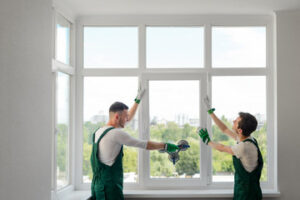
A window contractor can help you choose the suitable material for your new windows. Some materials offer different price points and energy-efficiency levels. Contact Window Replacement Ellicott City, MD for professional help.
If you’re planning to install replacement windows, make sure you have the right tools and materials on hand before starting. Incorrect installation can result in drafty windows, high energy bills and expensive repairs. In many cases, it’s better to have the job done by professionals. But if you’re prepared to invest the time and effort, here are some tips to help make your replacement window project go smoothly.
Measure the size of your old window opening to make sure the new window will fit. Start by measuring the height and width of the head jamb, side jambs, and sill. Write down the measurements so you can order replacement windows that are the same size.
Typically, your replacement windows will be either inserts or full-frame replacements. Insert replacements slide into the existing frame; they’re available in a wide range of standard sizes and styles, from single-hung to double-hung. They’re best for homes with intact frames and sills, but they can be used in rotted openings as well.
To remove the existing window, start by removing the interior stops (thin strips of wood along the frame’s sides and top) with a pry bar. Then, remove the exterior stops and the sash cord pulleys. You can also open the weight pockets on each side of the window and fill them with loose fiberglass insulation to increase the efficiency of your replacement windows.
Next, you’ll need to prep the opening by removing any dirt, debris, or nails sticking out of the frame. You’ll also need to sand down the surface of the sheathing and wood trim. After you’ve cleaned the area and removed any damaged or rotten materials, apply flashing tape to the entire opening. This sheds water that might get between the frame and sheathing to keep it out of your home.
Before sliding in the new window, use a level to check for plumb and level. If the window isn’t centered or straight, adjust by adding wooden shims to support the center of the frame until it’s positioned correctly and the sashes open, close, and lock easily.
Replacement Window Repair
If your windows are shattered or damaged beyond repair, replacing them is a necessity. However, if your glass is in good condition and the frames and sashes function well, you may want to consider repair options before investing in replacement windows.
A repair job is an option that is often better for the environment, your wallet, and your time. With this method, you retain your original frame while fixing issues such as rattling, ease of opening and closing, energy efficiency, and the condition of the glass.
Before beginning any work, be sure to take accurate measurements. This will ensure that your new windows are a perfect fit. Start by measuring the width of the window opening in three places-at the bottom, in the middle, and at the top. Position the tape measure against the head jamb (or header) on both sides of the window and record each measurement. The smallest measurement represents the width of the window opening.
Next, use a screwdriver to push in at suspect areas of the wood frame around the window. If the screwdriver sinks in easily and there is little or no resistance, you have a good indication that you need to replace the wood. The same applies to any areas that appear rotten or irreparable.
While you are at it, be sure to check that the corners of your existing window are square. Measure diagonally from the inside of the upper left corner of the frame where the vertical and horizontal trim boards meet to the lower right corner. If the measurements are within one-quarter inch of each other, your window is square and can accommodate a standard replacement window. If the measurements differ by more than that, you will need to opt for a different window style or new construction windows.
Muntins and mullions are the strips of material that separate individual panes of glass in a single-pane window. They can be real or faux, and they can either be separating the glass or simply adding to the look of the window. If they are rotted or missing pieces, they will need to be replaced before you can continue with the installation of your replacement window.
Replacement Window Replacement
New windows can lower energy bills and enhance the appearance of your home. They are easier to clean and provide improved UV protection. If you are considering replacement windows, be sure to consider the type and style that is right for your home. Then shop smart to ensure you receive the best value for your money.
Window frames are usually made from vinyl, wood or metal. A vinyl frame is less expensive than a wood one and requires much less maintenance. It is also available in a wide range of colors to complement any interior design. Wood and metal frames are also available with a variety of trim and accent options.
Many homeowners replace their windows when the existing frames or sashes begin to show signs of wear and tear. The locks may become difficult to operate, the weather stripping becomes worn or there is condensation between the glass panes. In addition, older windows often have a poor air infiltration rating which allows cold or hot air to escape and harmful UV rays to enter the house.
Another reason to replace old windows is to upgrade the glass and window frame materials. Newer double-hung windows are more efficient than their older counterparts and can be fitted with a combination screen and storm door to improve air ventilation and security. Most manufacturers offer a choice of single-, double- or triple-paned windows to meet specific climate requirements.
When shopping for replacement windows, it is important to find the right contractor to install them. The Better Business Bureau (BBB) is a good place to start your search. Look for companies that have an A+ rating and have been in business for a minimum of five years. A company that is BBB accredited is a good sign that they have been evaluated and rated for their customer service, professionalism and business practices.
During the installation process, the contractor will remove the existing windows down to the studs and then build a new window frame and sill for the replacement window. They will then install the new window and replace the sash and muntin bars, if needed. If you choose full frame replacement, the contractor will create a larger opening to accommodate the replacement window and then use trim to conceal the existing exterior window frame from view.
Replacement Window Maintenance
It is always best to repair any damage to your windows right away. Leaving minor damages unattended can lead to costly repairs or even replacements. For example, if your windows are experiencing rotting or water seepage, the problem will only get worse and will cost more to fix. It’s also important to clean your windows and keep them caulked and weather-stripped to prevent air leakage, which can be a major drain on your energy bills.
It’s best to clean your replacement windows with a mild solution of water and detergent or glass cleaner, using a microfiber cloth. Avoid cleaning with harsh chemicals or abrasives as they can damage the coatings, strip paint and cause discoloration. If you are cleaning vinyl windows, it’s a good idea to use a specialized cleaning spray, instead of high-pressure nozzles as they can break the seal and leave behind unsightly marks on your windows.
Many replacement windows feature Low-e glass, which helps to reduce solar heat gain and indoor humidity, while enhancing interior comfort. While it is very common for this coating to degrade over time, it can be prevented with regular cleaning and inspection. Always use cleaning products that are recommended by your window manufacturer to ensure that you don’t void the warranty or damage the coating.
Some common repair and maintenance tasks for your replacement windows include cleaning the frame, sash and sill, resealing the corners, and replacing the window screens as needed. Keeping your window screens in good shape is critical, as they are the first line of defense against dirt, bugs and debris. Be sure to inspect your screens regularly for rips, tears and holes and replace them as needed.
Damaged windows can be an eyesore and a safety hazard in your Anne Arundel home. Sticking sashes and rusted hinges can make it difficult to open windows in case of an emergency, while rotted frames will weaken over time and may collapse if not replaced. If your windows are in poor condition, they’re likely candidates for replacement to save on energy costs and improve the look of your home.
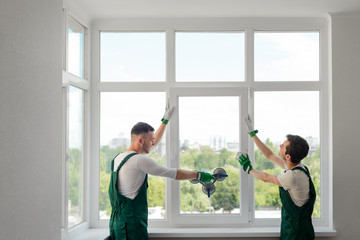
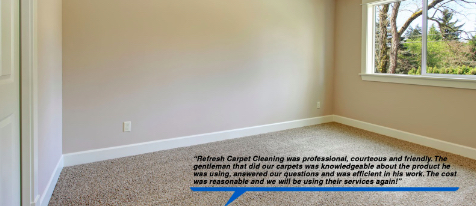
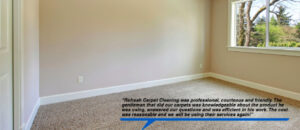 Carpets act like giant air filters, trapping various pollutants that enter indoor spaces from the outside. Some of these include dirt, dust, pet dander and hair, bacteria, and mold spores. Over time, these pollutants can build up and negatively affect indoor air quality. If you have family members with respiratory illnesses or allergies, this can pose a serious health risk for them. Residential carpet cleaning can help eliminate these pollutants and keep your family healthy.
Carpets act like giant air filters, trapping various pollutants that enter indoor spaces from the outside. Some of these include dirt, dust, pet dander and hair, bacteria, and mold spores. Over time, these pollutants can build up and negatively affect indoor air quality. If you have family members with respiratory illnesses or allergies, this can pose a serious health risk for them. Residential carpet cleaning can help eliminate these pollutants and keep your family healthy.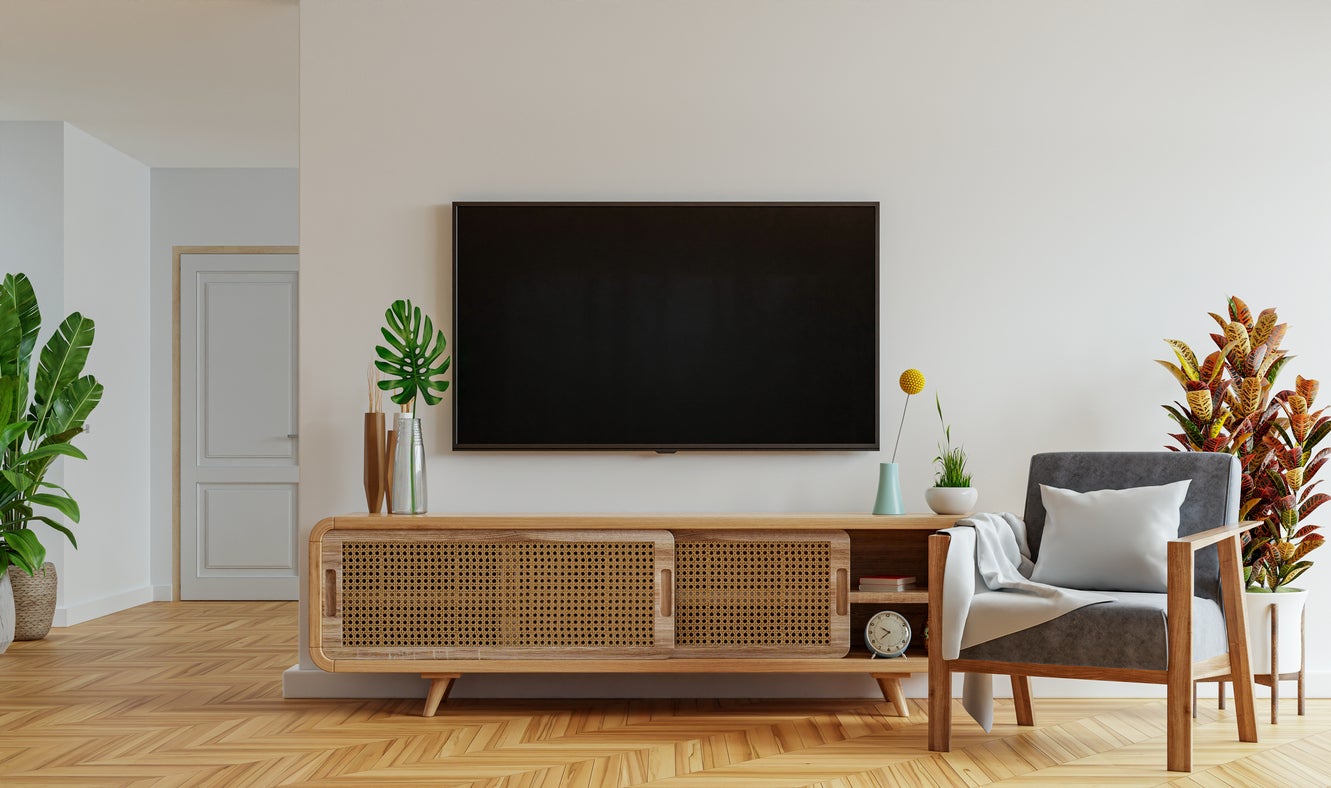
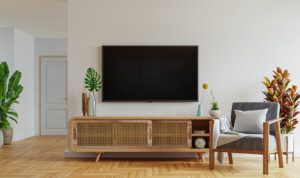
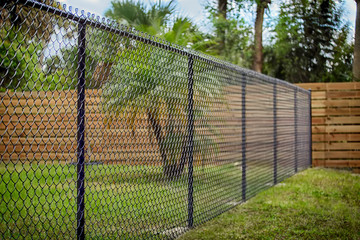
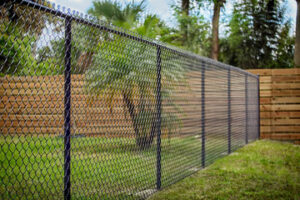 Before installing the metal fence, make sure you have marked your property’s perimeter with spray paint. Then, drive masonry stakes and stretch a string between them. Mark the position of your fence posts with the string and ensure correct spacing. Once you know this, you can cut your fence panels to fit the gaps. Professional
Before installing the metal fence, make sure you have marked your property’s perimeter with spray paint. Then, drive masonry stakes and stretch a string between them. Mark the position of your fence posts with the string and ensure correct spacing. Once you know this, you can cut your fence panels to fit the gaps. Professional